Sigma ROX 4.0 GPS Cycling Computer: Getting Rolling – by Guitar Ted
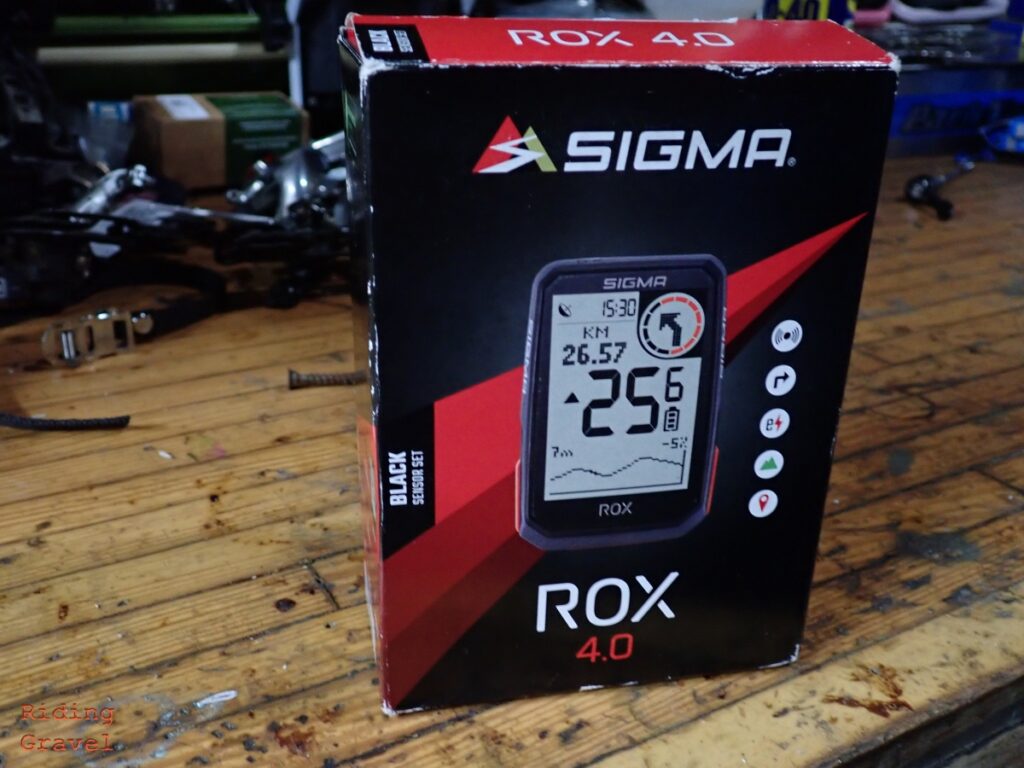
The realm of GPS cycling computers is dominated by a Kansas based company but they are not the only purveyors of GPS based information for your cycling. Sigma is maybe a name you haven’t heard of, but the German based company sells many cycling computers and we have their ROX 4.0 GPS computer here for a test run and review.
While many cyclist might think of those big Garmin, Wahoo, or maybe Hammerhead units in terms of what is a GPS cycling computer, there are several smaller, slightly less featured GPS cycling computers that might be right for you. Sigma has a range of ROX GPS cycling computers with three models. The 4.0 on test is in the middle of the range.
What It Is: The ROX 4.0 is a GPS based cycling head unit that works with a smart phone app (Sigma Ride, available for free for Android or Apple), and has a claimed 30 functions. Boasting a claim of ease of use, the ROX 4.0 also still has training features, navigation features, and can be connected to eBikes as well. ROX 4.0 cycling computers are sold in base form online at several sites for around $70.00. Added sensors for cadence, speed, and heart rate are also available for the ROX 4.0 and can be purchased separately or bundled with the computer in a couple of options at an additional cost. Our test set up included all the sensors listed and would run about $199.00 retail.
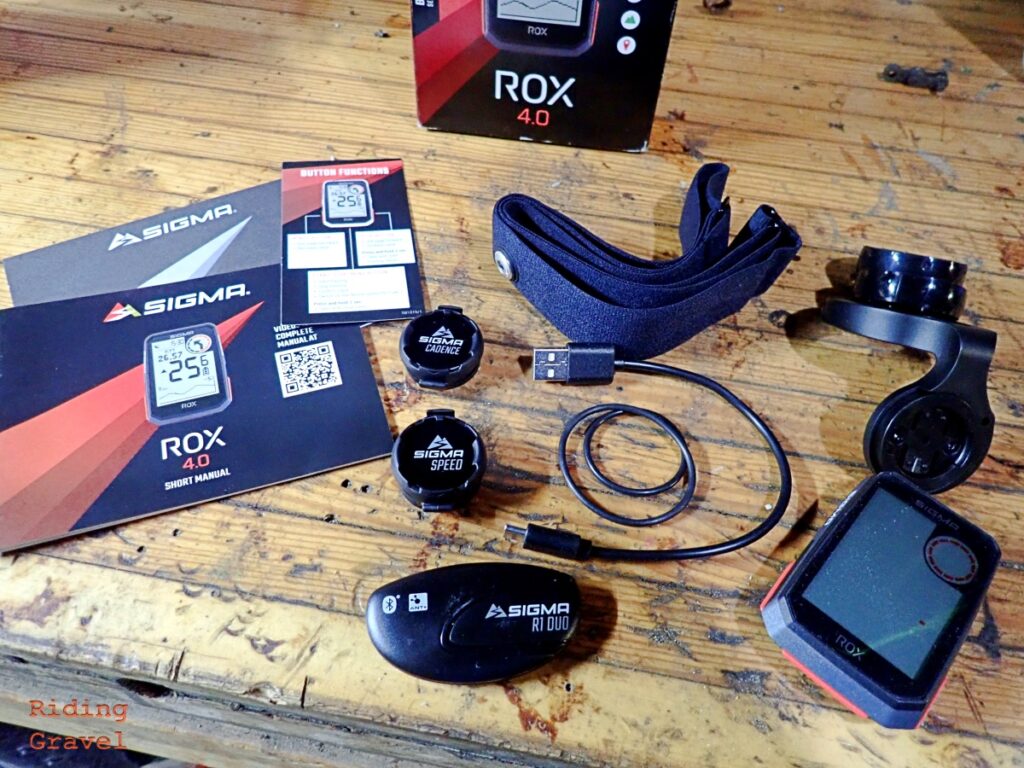
The following features are listed on the webpage for the ROX 4.0:
- Dimensions: 44.9mm wide X 73.6mmrr length X 18.4mm high- Screen size: 2.4″ – Weight (Head unit only) 51 gms
- Display: Auto-Backlight, Transflective type technology for display using two colors, Resolution: 59 X 23 pixels
- Battery & Connectivity: Ant+ and Bluetooth compatible, E-Bike connectivity, SIGMA Ride app, Smart phone notifications, Cadence, Heart rate, Speed sensors, Typical Battery Life: 25 hours.
- Navigation: “Search & Go” (navigation to a predetermined point), Track navigation, Turn-by-turn navigation, navigation to start.
- On-board Sensors: GLONASS, GPS, Barometric Altitude, Ambient Light Sensor
- Training: Individually Adjustable Sport Profile, (more can be added via SIGMA Ride app) , Individually Adjustable Training Pages (up to 6), Adjustable Training Values per page- 3, Templates for Training Views -1 (No STRAVA Live segment feature, by the way), Auto-Pause
- Data: Up to 100 hrs training data can be stored, Uses “.fit” file format, SIGMA Ride App, SIGMA Data Center
- Functions: (Takes deep breath) Speed, Average Speed*, Maximum Speed*, Distance, Training Time, Clock (12/24), Altitude, gradient %, Altitude graph, Altitude Uphill, Cadence*, Average Cadence*, Maximum Cadence*, Heart Rate* Average Heart Rate*, Maximum Heart Rate*, Maximum Heart Rate in percent*, Intensity Zones* E-Bike (Range, Battery, Human vs Motor power, Support Level, Light)**, Navigation Heading, Turning Guidance***, Battery Status (of head unit), Current Temperature, and Compass.
Whew!
*These functions available via the separately available sensors for Cadence, Speed, and Heart Rate **Must have an electric assist bike. See dealer for connectivity, ***Available using SIGMA Ride App and imported route files compatible with the ROX 4.0.
The unit will ship with either the “Classic” mount which attaches via cable ties, or by using the “Over Clamp Butler” (weird name!) which is compatible with 31.8mm or 35mm handle bars only. Our test unit came with the latter. Again, we also received the sensors and the two for speed and cadence attach via rubber “O” rings. The sensors look like buttons and have rubber backing plates. There is a small disc battery inside each “button” and these transmit the signal to the head unit. The speed sensor goes on a hub and the cadence sensor attaches to the left crank arm. Besides the sensor units, nothing else is required but to follow the pairing procedure outlined in the owner’s manual. (More on that in a bit) The heart rate sensor snaps onto the chest belt and also runs off a disc battery which is replaceable.
Sigma Ride App: Obviously a big part of this GPS cycling computer’s appeal (or not, depending on what you think of smart phones), is the Ride App. There is a lot going on there, and instead of making this a novella, I will direct you to the Ride App page here. Suffice it to say that it was downloaded to my iPhone quickly and easily and so far has been easy to use. I can customize page views, pair the device with sensors, do navigation work, and more using the app. I’ll comment on this more as the review progresses.
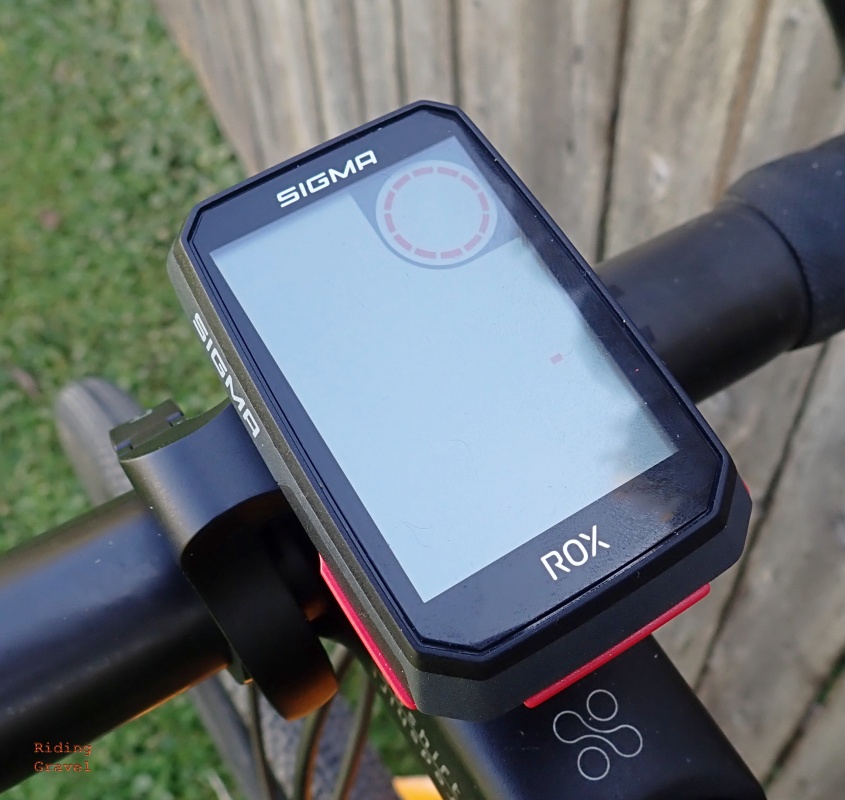
First Impressions: Okay, first of all, I have had a similar computer before, a Lezyne Super GPS, which I found pretty useful. Then I stepped “up”, (well, I thought I was stepping up), to a Hammerhead Karoo 2 which turned out to be a dreadful experience and I ended up returning two units before giving up on that device. So, a GPS computer was hit or miss for me. I won’t even get into the experience I had with a Garmin GPS in the 2000’s, because that’s ancient device history now.
Okay, with that background, I had no big expectations for the ROX 4.0. Out of the box it has that plasticky, familiar Sigma look to things. (I am familiar with Sigma cycling computers), so that was no big surprise. There were the sensors and the interesting, chunky mount. Okay, let’s see if I can navigate this thing….
There is a Quick Start menu with QR scans that take you to set up guides, but I did most everything by just poking around a bit. It was pretty intuitive and simple to get to a point where I could go for a ride. The ROX prompts you to start the “Training” session to get to deeper feedback than just speed and time. These “sessions” can be saved or discarded at the shutdown of the ROX 4.0. Training sessions are then viewable via the SIGMA Ride app afterward or even during a training session.
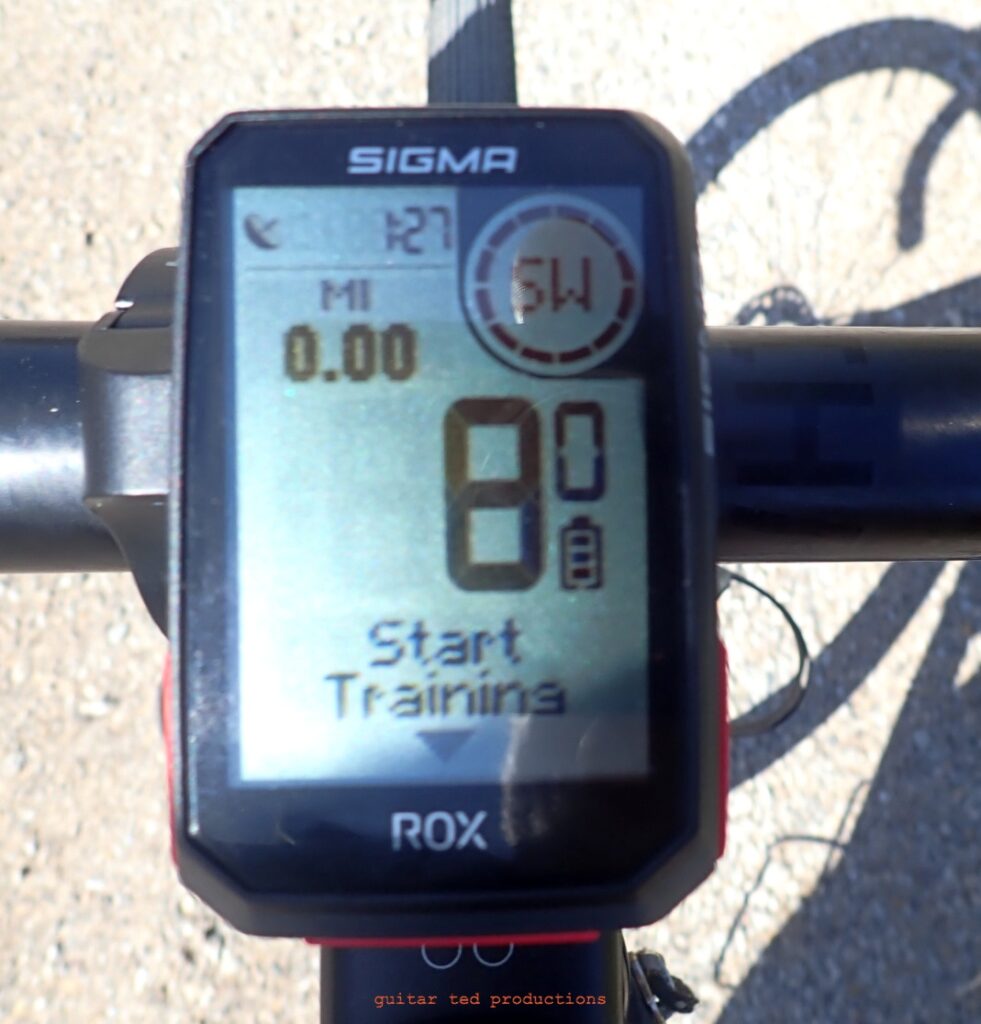
The unit fires up quickly, by the way, and you don’t have to wait very long for it to acquire a signal. Scrolling to a different page is done by tapping the right side button. The data was fairly easily read, even on a bright, Sunny Fall day. I liked the small round window in the upper right. It showed a compass direction, but this will also show other data depending upon the field chosen and whether or not you are navigating by the computer. More on this in my next post.
So, yeah…..pretty easy. Then I paired up the sensors after mounting them. This was straight forward and there were no hiccups to speak of. The sensor for speed did glitch out- turned off and then back on again- during my first little test ride, but no other issues to report here. Again, I’ll go more in-depth after I’ve had some time with this.
So Far… Okay, well, this has gone well for me so far. It definitely has a unique look and the user interface has been pretty easy to figure out so far. The Ride App is something I’ve yet to dive into deeply just yet, but so far so good on that front. The head unit is small, but not too small, and it can be pretty easily read, even in bright Sunshine. The initial set up is super-easy, and the sensors paired well and seem well made. I’ll have to try the heart rate strap for the next update. Haven’t used that yet….
The functions I’ve accessed have all worked well so far, but the real value here will be if this device can provide turn-by-turn navigation reliably. That will be what I aim to find out next.
If I have any criticisms at all here, they would have to do with the resolution of the screen icons. This thing puts out graphics that have the looks of a Pac-Man machine from the 1980’s. The altitude graph is so bad it is almost cute, in terms of the pixelated line you get. I actually laughed out loud when I saw it on the screen. The other thing here is the instructions, and this isn’t just a SIGMA issue, but with all the countries these products are sold to, things get simplified too much, in my opinion. A handful of graphics, some icons, and minimal verbiage is sometimes not sufficient, and especially so with a technical device like a GPS cycling computer.
But functions and data are where it is at, and so far this computer delivers. It’s easy to set up, and you can upgrade to features we have here or just use it as a stripped down GPS unit. Stay tuned for more in my upcoming “Checkpoint” where I will give my mid-term thoughts on the ROX 4.0.
Note: SIGMA sent over this ROX 4.0 GPS Cycling Computer for test and review to Riding Gravel at no charge. We were not paid, nor bribed, for this review and we will always strive to give our honest thoughts and views throughout.


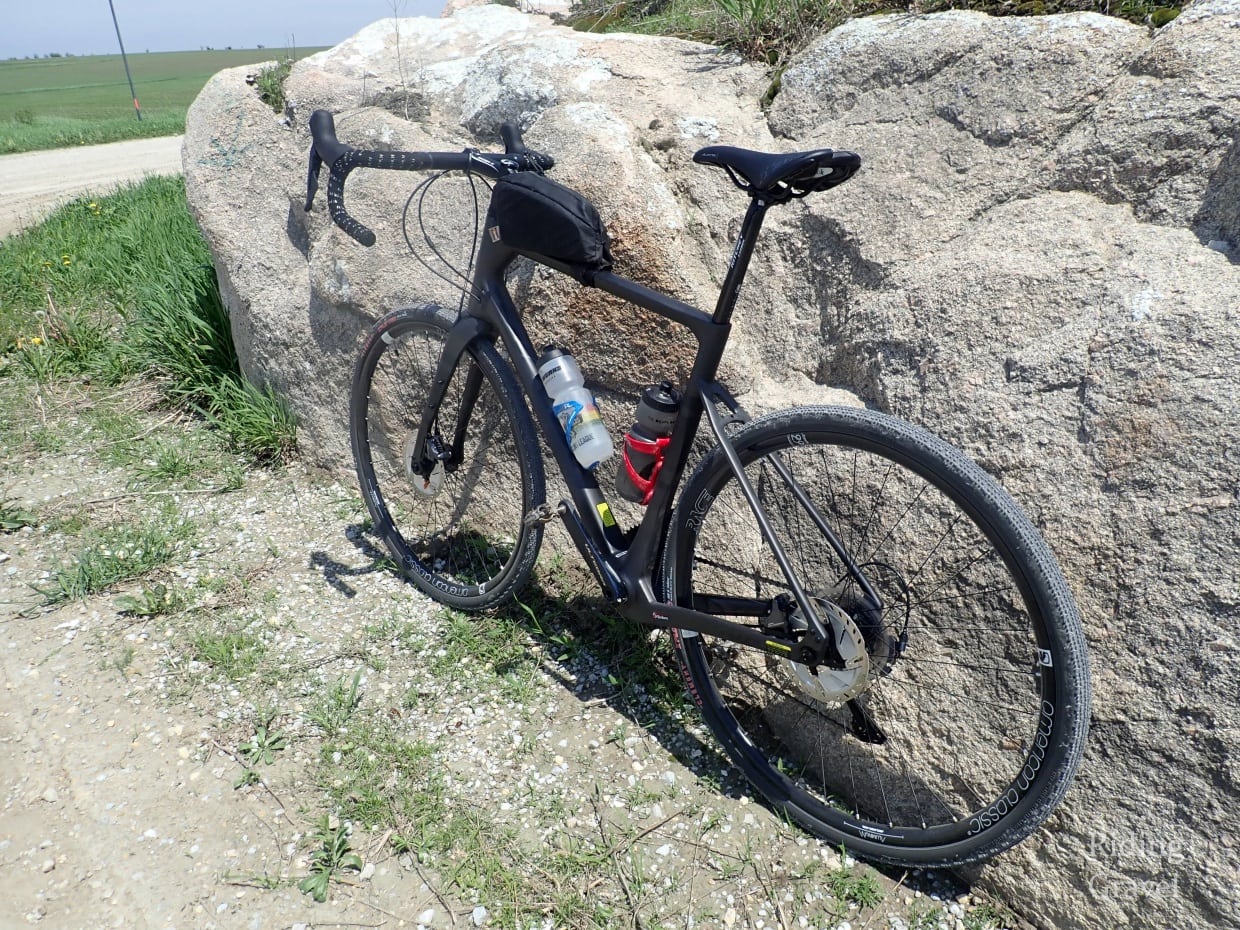

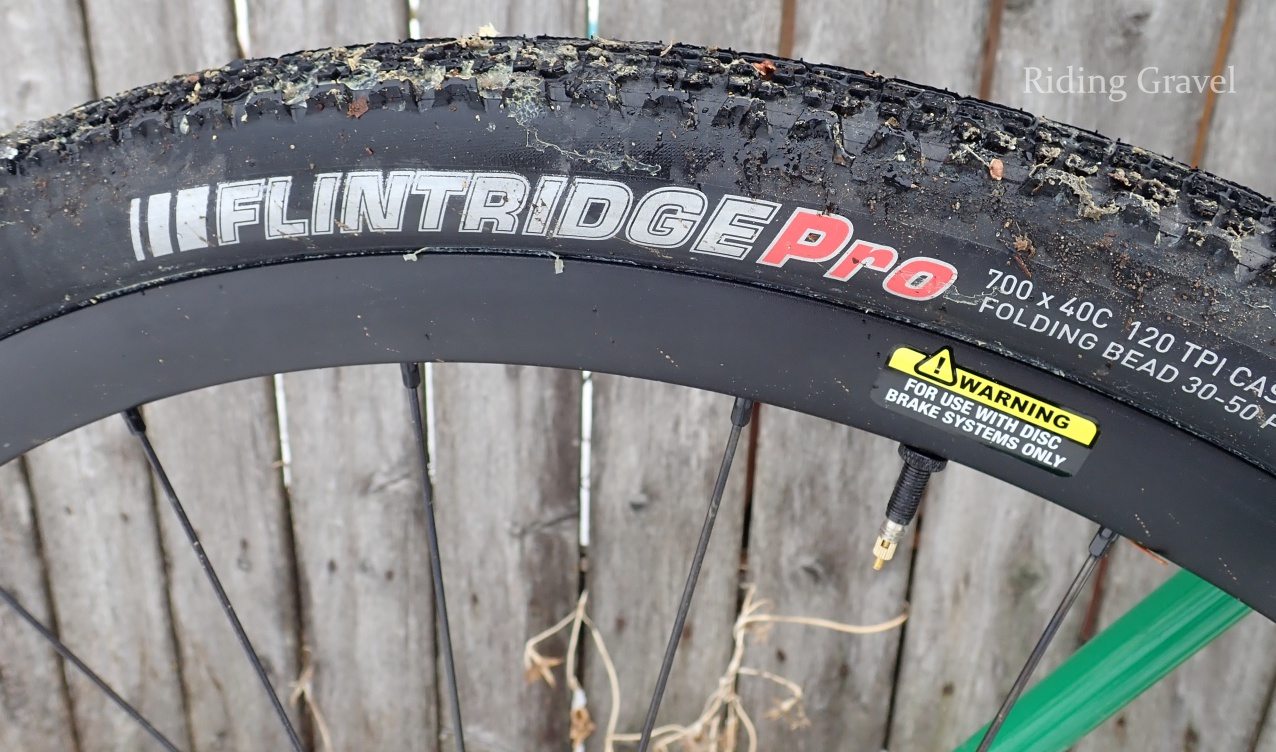
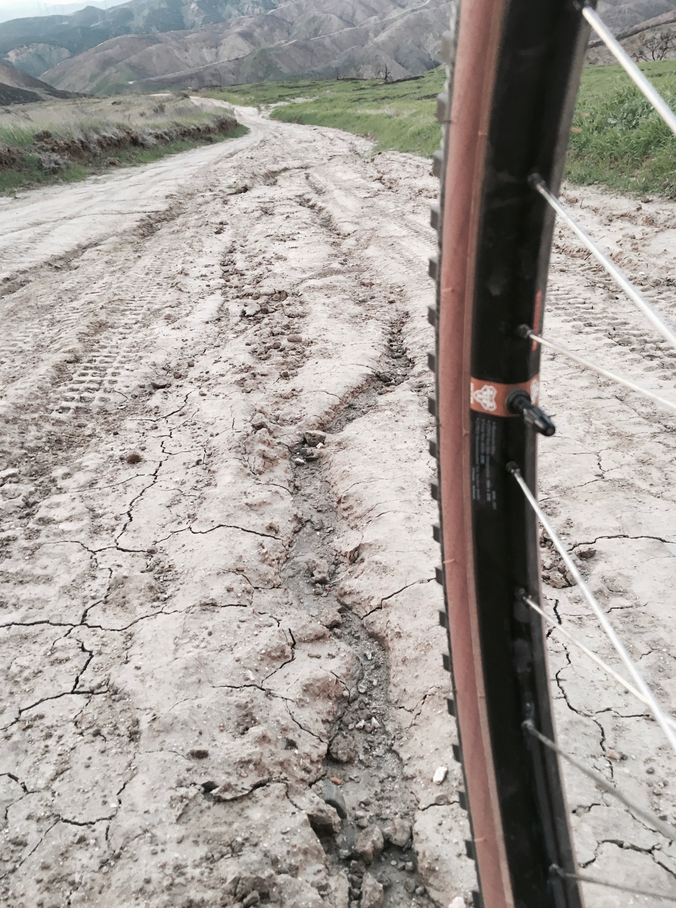
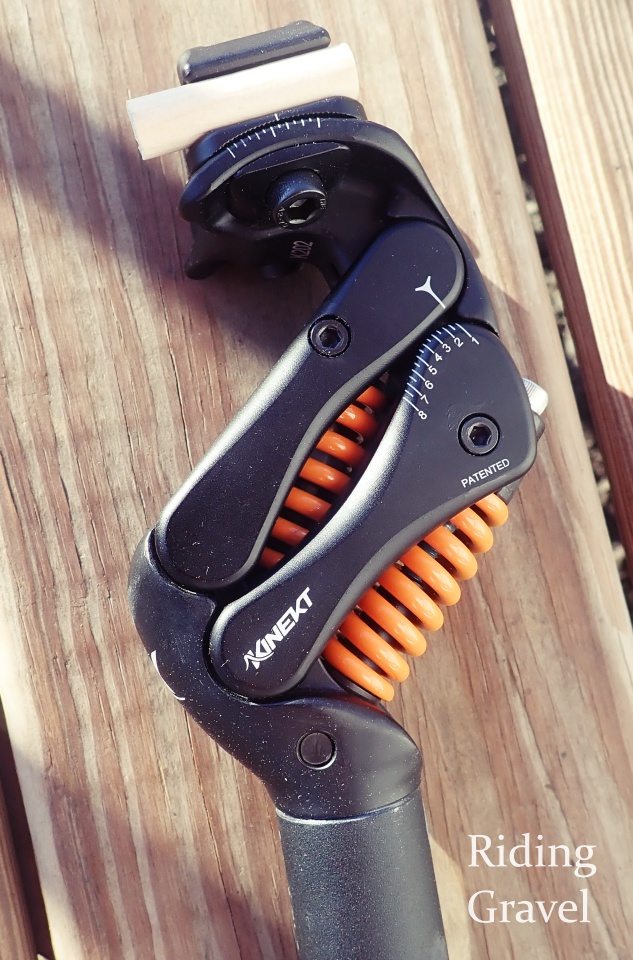
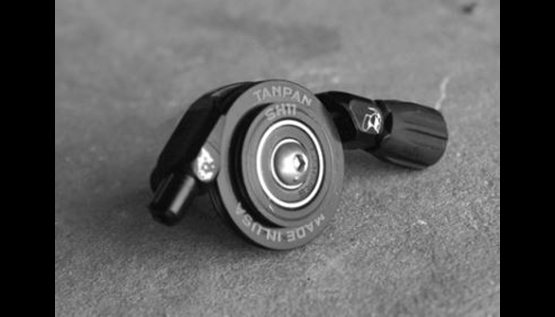

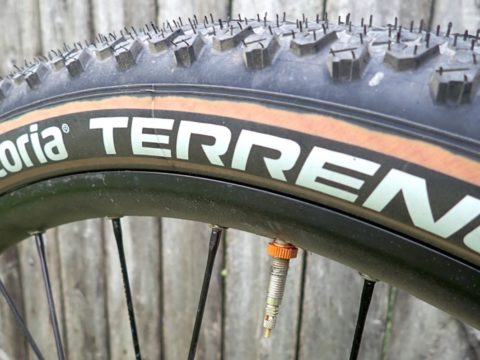

Does it do Live Tracking? I just spent about ten minutes crawling over their website and there’s no mention of the one function I’d really want.
@David Pratt – No, as you have found out, it does not do that.
“Then I stepped “up”, (well, I thought I was stepping up), to a Hammerhead Karoo 2 which turned out to be a dreadful experience and I ended up returning two units before giving up on that device.”
Care to enlighten us about this rather unsupported, yet scathing, remark?
@Miniver : https://g-tedproductions.blogspot.com/2022/08/karoo-2-take-2-part-3.html
Thanks! I rather like my K2. But, to be fair, I only use it to avoid the embarrasment of getting lost.